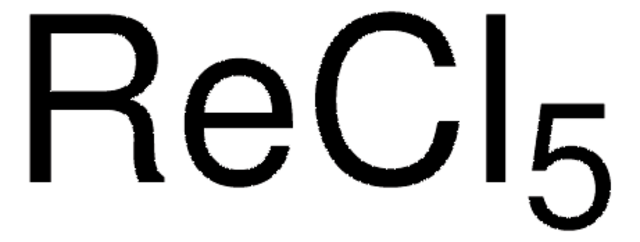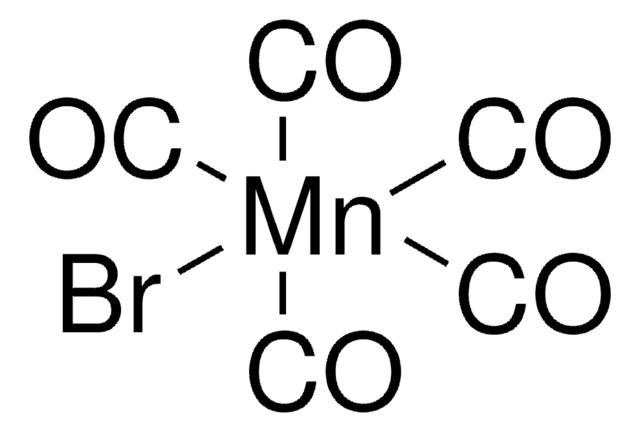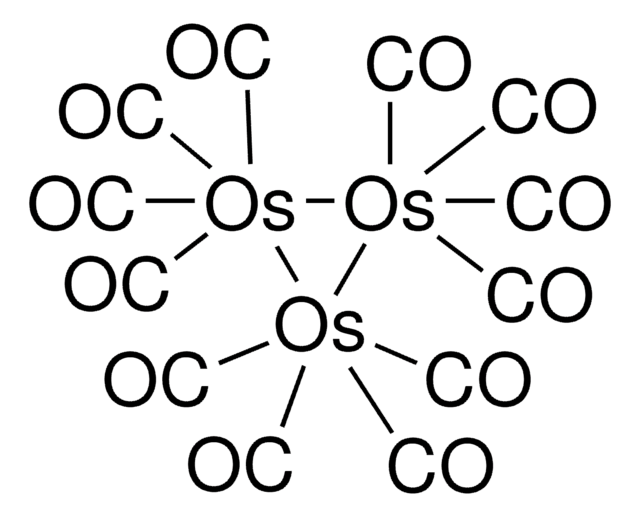245003
Dirhenium decacarbonyl
98%
Synonym(s):
Rhenium carbonyl
About This Item
Recommended Products
Quality Level
Assay
98%
form
powder or crystals
reaction suitability
core: rhenium
reagent type: catalyst
mp
170 °C (dec.) (lit.)
SMILES string
[ReH].[ReH].[C-]#[O+].[C-]#[O+].[C-]#[O+].[C-]#[O+].[C-]#[O+].[C-]#[O+].[C-]#[O+].[C-]#[O+].[C-]#[O+].[C-]#[O+]
InChI
1S/10CO.2Re/c10*1-2;;
InChI key
ZIZHEHXAMPQGEK-UHFFFAOYSA-N
Looking for similar products? Visit Product Comparison Guide
General description
Application
- Re nanoparticles via pulsed-laser decomposition.
- Amide functionalized Re(I) based dinuclear metallacycles that can selectively inhibit certain cancer cells.
- Twisted ultrathin rhenium disulfide nanoribbons encapsulated in single-walled carbon nanotubes.
Signal Word
Danger
Hazard Statements
Precautionary Statements
Hazard Classifications
Acute Tox. 3 Inhalation
Storage Class Code
6.1C - Combustible acute toxic Cat.3 / toxic compounds or compounds which causing chronic effects
WGK
WGK 3
Flash Point(F)
Not applicable
Flash Point(C)
Not applicable
Personal Protective Equipment
Choose from one of the most recent versions:
Already Own This Product?
Find documentation for the products that you have recently purchased in the Document Library.
Customers Also Viewed
Our team of scientists has experience in all areas of research including Life Science, Material Science, Chemical Synthesis, Chromatography, Analytical and many others.
Contact Technical Service











